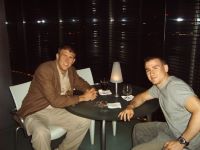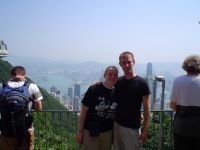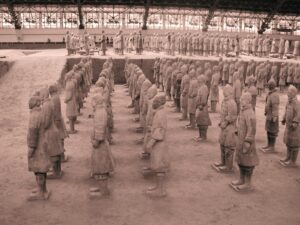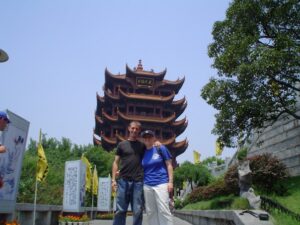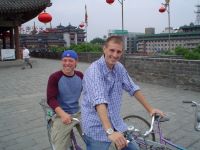May 5, 2005
We had absolutely the finest weather I’ve ever experienced in Seoul on Saturday, crisp and clear. Just a wonderful day to sightsee, which is what we  did. We went to a folk village, constructed by president/dictator Park in the 1970s, rather along the lines of New Salem, with traditional crafts and music–even a wedding. Afterwards, we toured the best preserved of the five palaces that housed the Yi dynasty, whom the Japanese overthrew in the early 20th century. I have always enjoyed the palace because it looks like the one in Beijing (but Beijing had an emperor, while the Koreans had a king), on a much more manageable scale–the Korean did not have 9,999 rooms. Seoul has a lot of traffic, but I would fit in–most people here also have Hyundais!
did. We went to a folk village, constructed by president/dictator Park in the 1970s, rather along the lines of New Salem, with traditional crafts and music–even a wedding. Afterwards, we toured the best preserved of the five palaces that housed the Yi dynasty, whom the Japanese overthrew in the early 20th century. I have always enjoyed the palace because it looks like the one in Beijing (but Beijing had an emperor, while the Koreans had a king), on a much more manageable scale–the Korean did not have 9,999 rooms. Seoul has a lot of traffic, but I would fit in–most people here also have Hyundais!
We spent about 8 hours going from Seoul to Bangkok, via Singapore–one of the benefits being Singapore Air, usually ranked the best airline in the world, and deservedly so. Even peasant class is first rate, with lots of great food, and individual movies (I do not think I ever need to see another Adam Sandler!).
We got into Bangkok last night, with the heat and humidity to welcome us. I 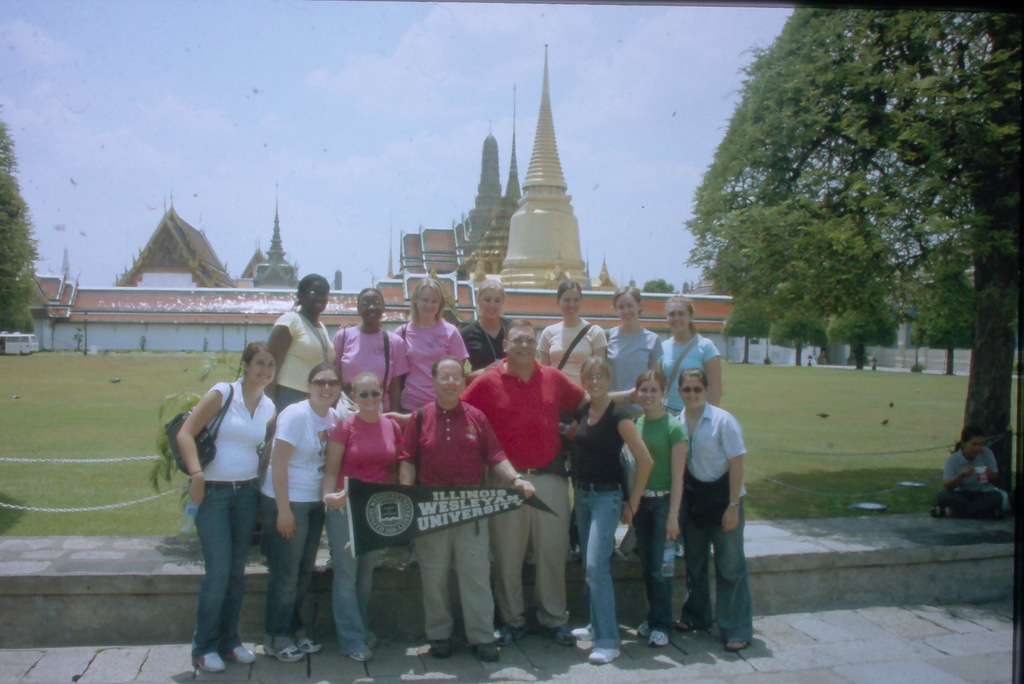
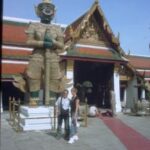 walked around with some of my students and the other faculty member, but are now waiting this morning for our business visits. We are getting to a factory that makes Nike (and Adidas and Rockport and….) then for a briefing at the Embassy. Our tour guide is a Scout leader, so I’ll be talking with him about Asia 06 for troop 19. It would be great to share this continent with you.
walked around with some of my students and the other faculty member, but are now waiting this morning for our business visits. We are getting to a factory that makes Nike (and Adidas and Rockport and….) then for a briefing at the Embassy. Our tour guide is a Scout leader, so I’ll be talking with him about Asia 06 for troop 19. It would be great to share this continent with you.
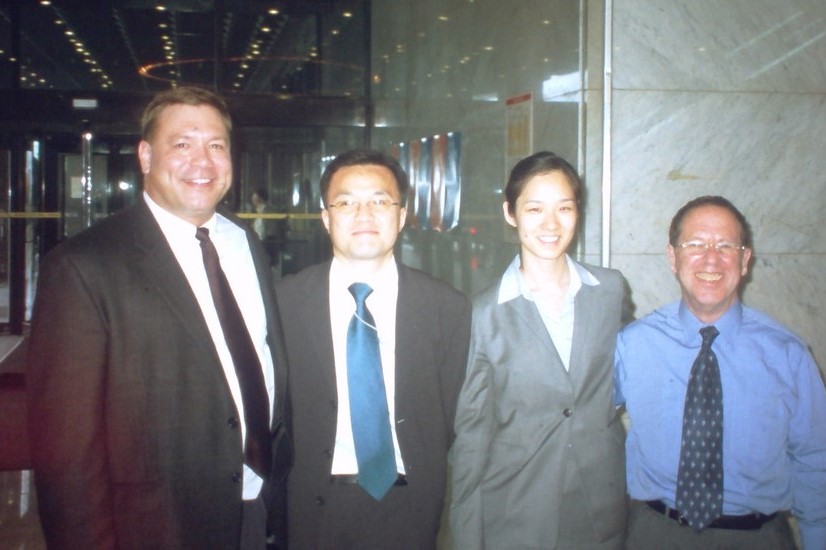
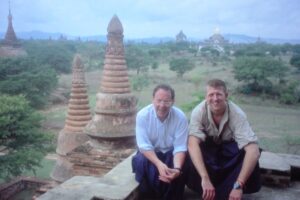
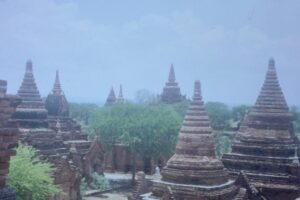
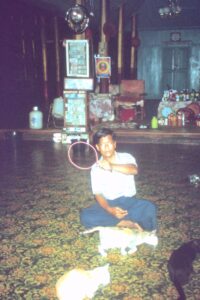 and the barometer was 26″).
and the barometer was 26″).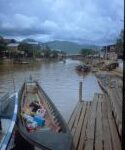
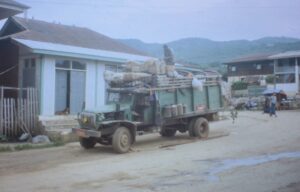 bringing cabbage to the truck taking it to Mandalay.
bringing cabbage to the truck taking it to Mandalay.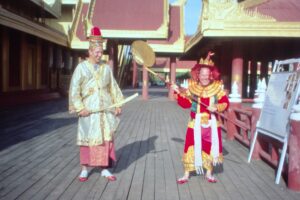 from 2 p.m. to 7 a.m.—and she was lucky because she knew when they’d stop power on her. Our power went off periodically. Phone to the US (when available) is $8 a minute; email is censored and we could not get our titan account. Imagine trying to do business under these conditions.
from 2 p.m. to 7 a.m.—and she was lucky because she knew when they’d stop power on her. Our power went off periodically. Phone to the US (when available) is $8 a minute; email is censored and we could not get our titan account. Imagine trying to do business under these conditions.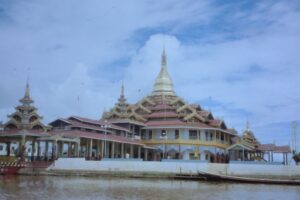 uddhism here is very different than the Chinese/East Asian style.
uddhism here is very different than the Chinese/East Asian style.